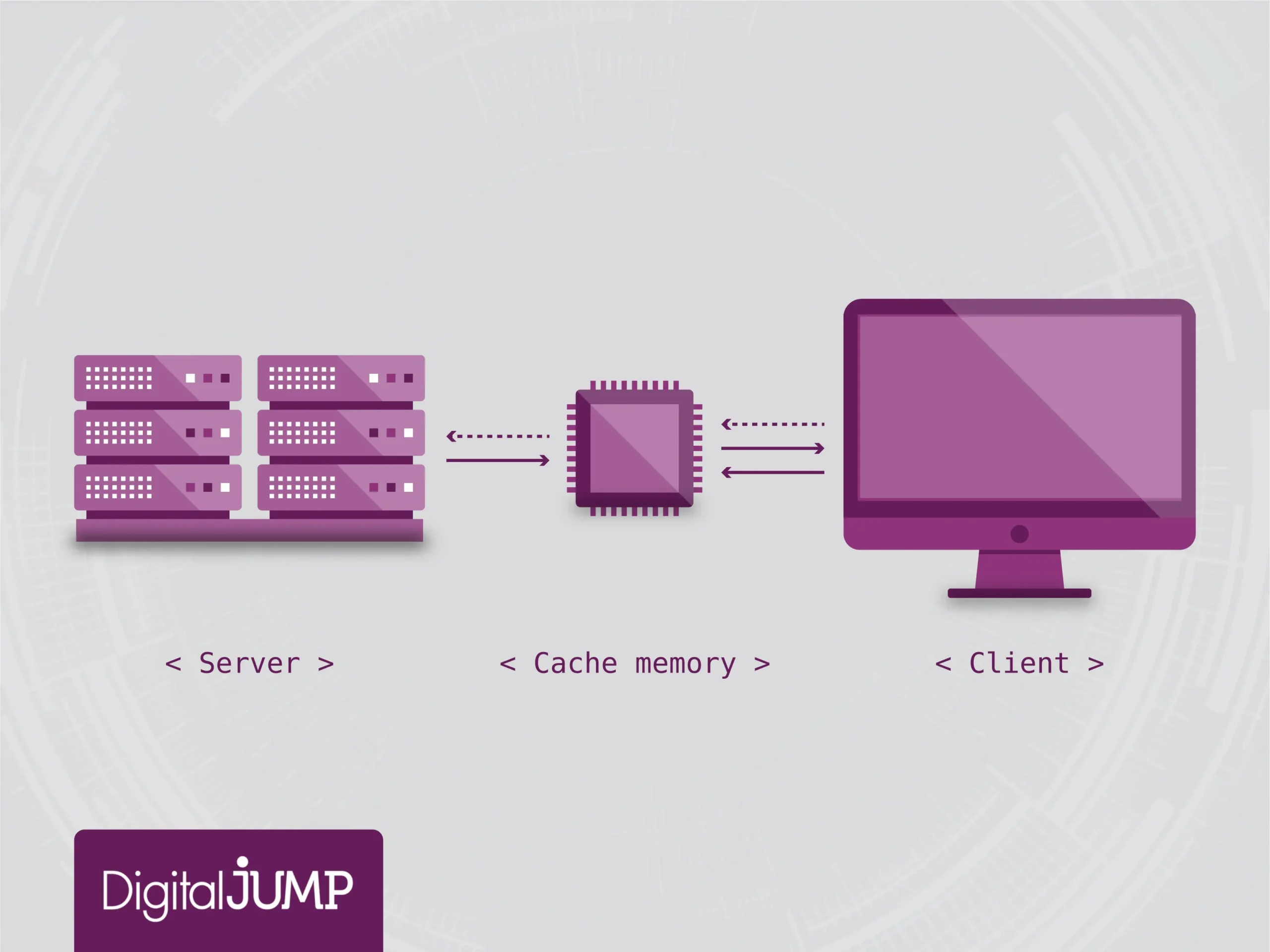Did you know that when you visit a website, you are downloading files and information to your device?
Cache is a mechanism that allows you to temporarily store frequently used data, such as images, CSS or JavaScript files, to reduce the loading time of a web page. It can be in the user’s browser, on the web server, or on a proxy server.
The importance of the cache lies in the fact that it allows you to optimize the use of resources and improve the user experience. For example, when we visit a web page, the browser caches some elements such as images, styles or scripts, so that it does not have to download them every time we access the same page. This saves bandwidth and loads the page faster.
However, it also has some disadvantages, such as the fact that it can take up space on your hard drive or memory, or it can display outdated or erroneous information if it is not deleted frequently. That is why it is advisable to clean it periodically to free up space and avoid compatibility or security problems.
Recommended website cache settings:
By offering a faster and smoother response, it reduces server resource consumption and network bandwidth, resulting in cost savings and greater efficiency.
How is it implemented on websites?
Cache settings on websites depend on several factors, such as content type, update frequency, expiration time, or browser compatibility. There is no single valid solution for all cases, but it must be adapted to the needs and objectives of each website.
However, there are some general recommendations that can be followed to optimize the cache on websites:
- Use minification to remove unnecessary spaces and comments from CSS and JavaScript files. This reduces the weight of the files and increases the reading speed of the clients (browsers).
- Use a content delivery network (CDN) service to distribute static content across multiple servers located in different geographic regions. This improves the speed and availability of the website.
- Strategically choose the data or media files that the cache should store. Usually, e-commerce stores cache images or product descriptions, but there are relevant data that must be updated on a recurring basis, such as the price of the product. This data, in particular, would represent an example of data that should NOT be cached, since it tends to undergo changes on a more recurring basis.
- Use next-generation media formats (.webp or .avif for images and .webm for videos). This will reduce the server’s response time, since they will take up less space in the cache and the websites will load much faster.
These are some of the most common practices for configuring cache on websites, but not the only ones. It is a good idea to periodically review performance and make adjustments as necessary.
At Digital JUMP, we ensure that our clients’ sites have an effective caching policy, which improves the user experience and causes these sites to load faster, optimizing resources. If you need an audit to reveal the behavior of your website, in this regard, contact us.


